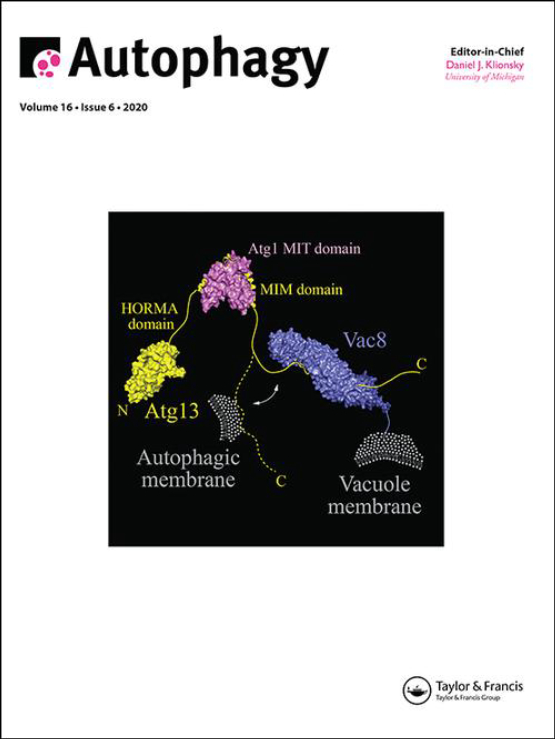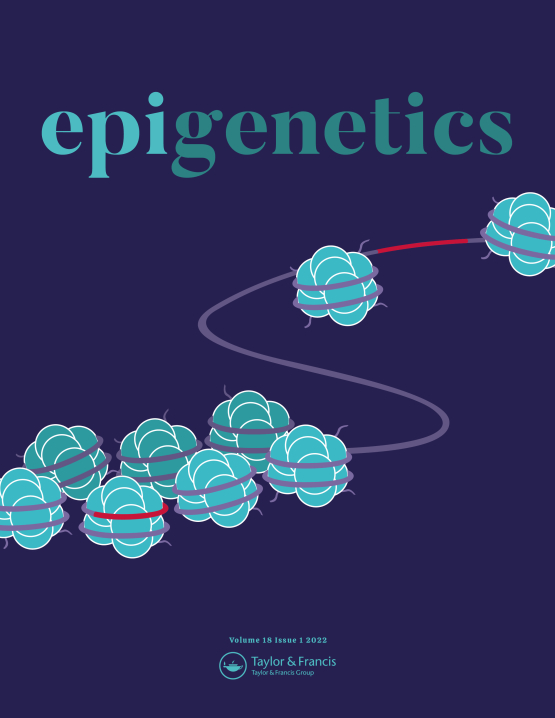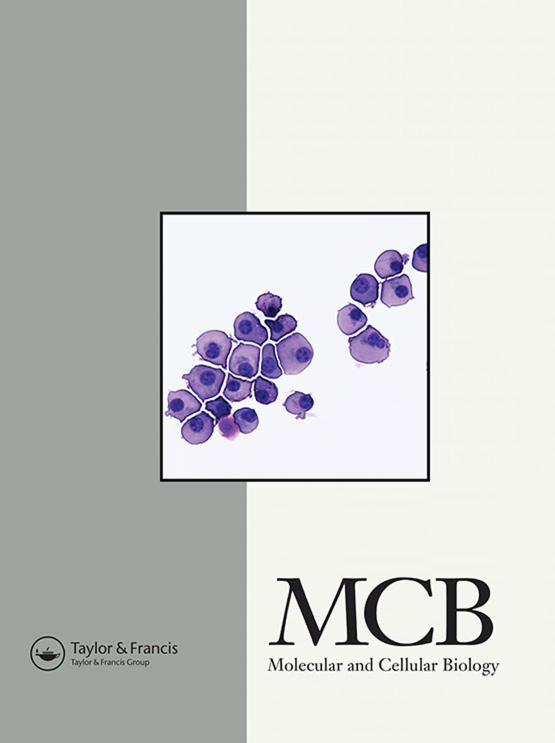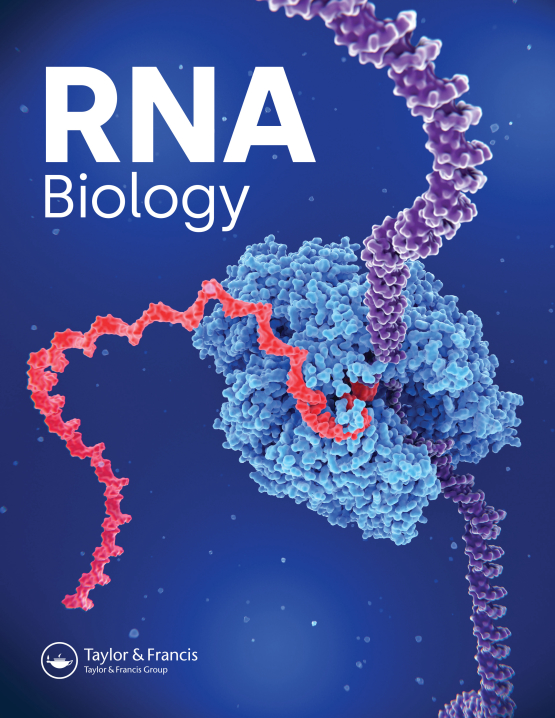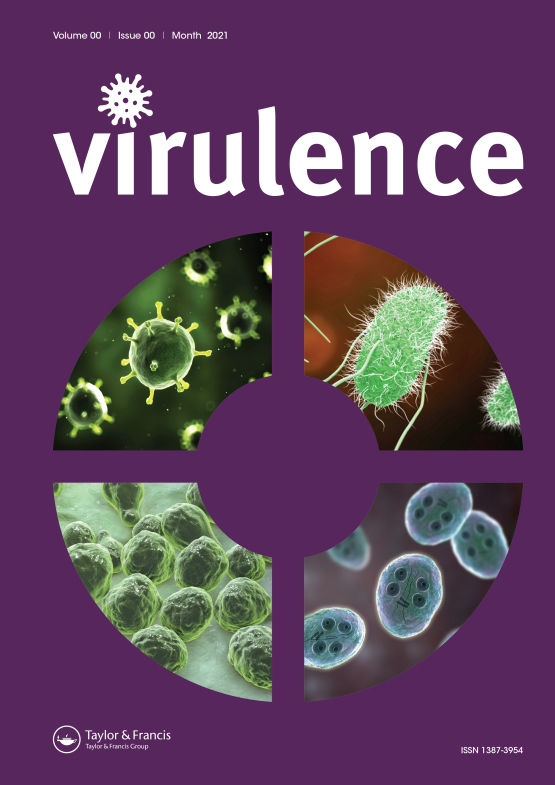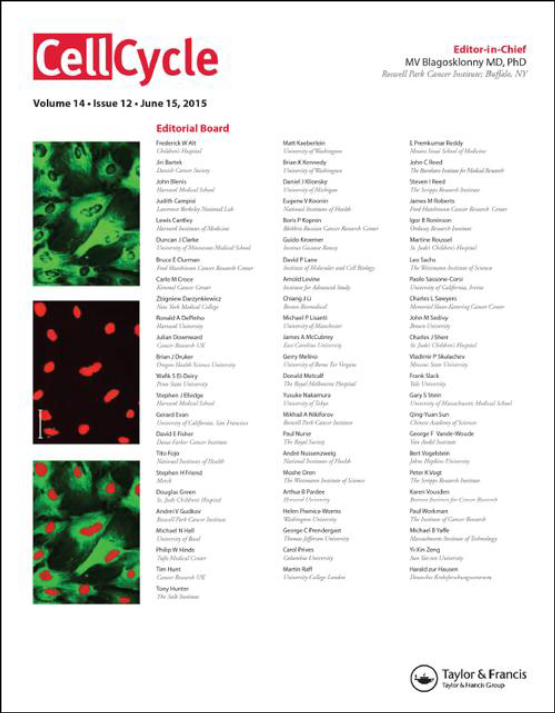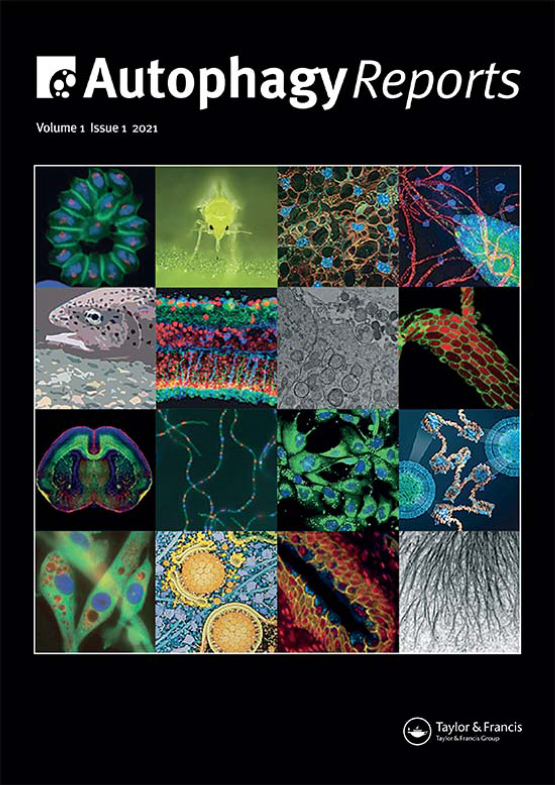Journal of Biomolecular Structure and Dynamics
July Update: JBSD was closed to new submissions for 3 months while the Editors processed a large number of papers submitted to the journal this year. This work and technical improvements are well underway and the submission site will re-open in the near future, with a new Aims & Scope outlining more clearly areas of interest.
View journal
Autophagy
Autophagy publishes research on autophagic processes, to advance
understanding of the connection between autophagy and human health and
disease.
Epigenetics
Publishes original research into heritable changes in gene expression
caused by mechanisms other than the DNA sequence in biological systems.
Molecular and Cellular Biology
This journal covers advancements in research around the molecular biology of all eukaryotic cells. It includes gene expression and genome organization, and studies of chronic diseases and conditions.
RNA Biology
Journal publishing cutting-edge research into RNA including RNA
sequencing, bioinformatics, structural biology, transcription and
splicing.
Virulence
Virulence publishes research on microbial pathogenesis, infection mechanisms and host–pathogen interactions to address new challenges in infectious diseases.
Cell Cycle
Research on cell biology topics including DNA, development, metabolism and senescence and issues like stem cells, cancer, molecular biology and therapeutics.
Autophagy Reports
Autophagy Reports is home to research covering the autophagic recycling processes and their relationship to human health and disease including neurodegeneration, aging, diabetes, and cancer.
Trending Articles for You:
The ubiquitin proteasome system performs the covalent attachment of lysine 48-linked polyubiquitin chains to substrate proteins, thereby targeting them for degradation, while deubiquitylating enzymes (DUBs) reverse this process. This posttranslational modification regulates key features both of innate and adaptative immunity, including antigen presentation, protein homeostasis and signal transduction.
Glucose is a major source of carbon and essential for the survival of many organisms, ranging from yeast to human. A sudden 60-fold reduction of glucose in exponentially growing fission yeast induces transcriptome-wide changes in gene expression. This regulation is multilayered, and the boundaries of transcripts are known to vary, with functional consequences at the protein level. By combining direct RNA sequencing with 5′-CAGE and short-read sequencing, we accurately defined the 5′- and 3′-ends of transcripts that are both poly(A) tailed and 5′-capped in glucose starvation, followed by proteome analysis.
Transcription factors play key roles in development and disease by controlling gene expression. Forkhead box A1 (FOXA1), is a pioneer transcription factor essential for mouse development and functions as an oncogene in prostate and breast cancer. In colorectal cancer (CRC), FOXA1 is significantly downregulated and high FOXA1 expression is associated with better prognosis, suggesting potential tumor suppressive functions.
Design strategies for DNA and RNA nanostructures have developed along parallel lines for the past 30 years, from small structural motifs derived from biology to large ‘origami’ structures with thousands to tens of thousands of bases. With the recent publication of numerous RNA origami structures and improved design methods-even permitting co-transcriptional folding of kilobase-sized structures – the RNA nanotechnolgy field is at an inflection point.
Cardiac tolerance to ischaemia can be increased by dietary interventions such as fasting, which is associated with significant changes in myocardial gene expression. Among the possible mechanisms of how gene expression may be altered are epigenetic modifications of RNA – epitranscriptomics. N6-methyladenosine (m6A) and N6,2’-O-dimethyladenosine (m6Am) are two of the most prevalent modifications in mRNA.
The genetic disorder Prader-Willi syndrome (PWS) is mainly caused by the loss of multiple paternally expressed genes in chromosome 15q11-q13 (the PWS region). Early diagnosis of PWS is essential for timely treatment, leading to effectively easing some clinical symptoms. Molecular approaches for PWS diagnosis at the DNA level are available, but the diagnosis of PWS at the RNA level has been limited. Here, we show that a cluster of paternally transcribed snoRNA-ended long noncoding RNAs (sno-lncRNAs, sno-lncRNA1–5) derived from the SNORD116 locus in the PWS region can serve as diagnostic markers.
The caspase-like protease MALT1 promotes immune responses and oncogenesis in mammals by activating the transcription factor NF-κB. MALT1 is remarkably conserved from mammals to simple metazoans devoid of NF-κB homologs, like the nematode C. elegans. To discover more ancient, NF-κB -independent MALT1 functions, we analysed the phenotype of C. elegans upon silencing of MALT-1 expression systemically or in a tissue-specific manner.
Patients with pathogenic variants in the TANGO2 gene suffer from severe and recurrent rhabdomyolysis episodes precipitated by fasting. Autophagy functioning was analyzed in vitro, in primary skeletal myoblasts from TANGO2 patients, in basal and fasting conditions, and TANGO2 mutations were associated with reduced LC3-II levels upon starvation.

